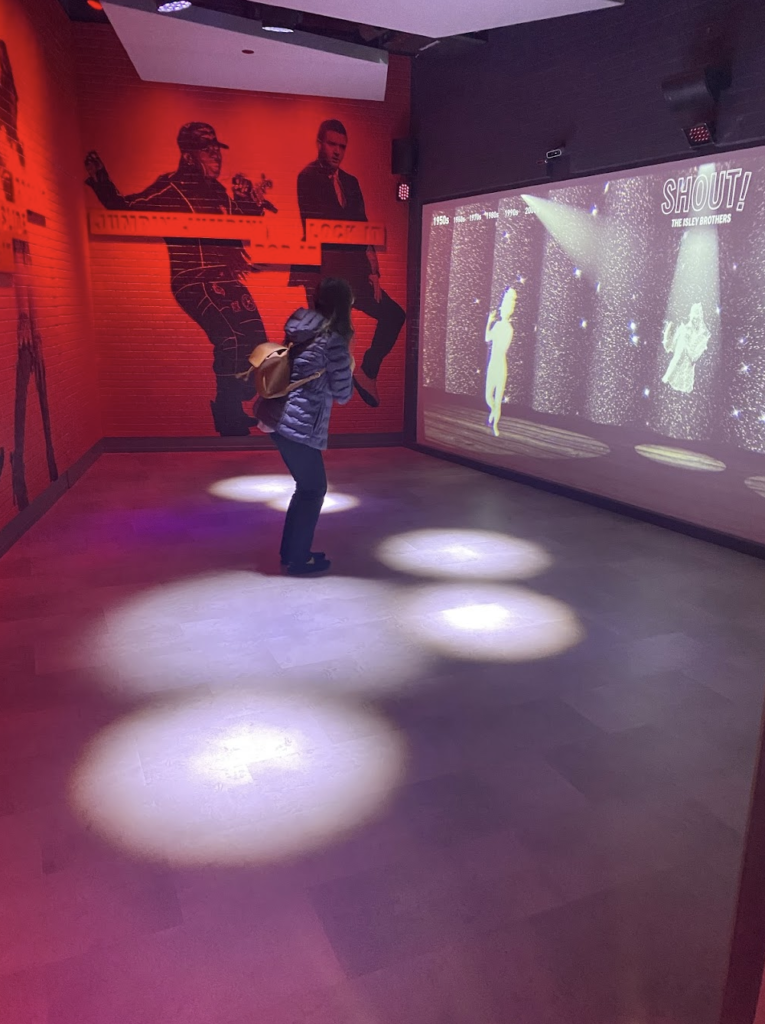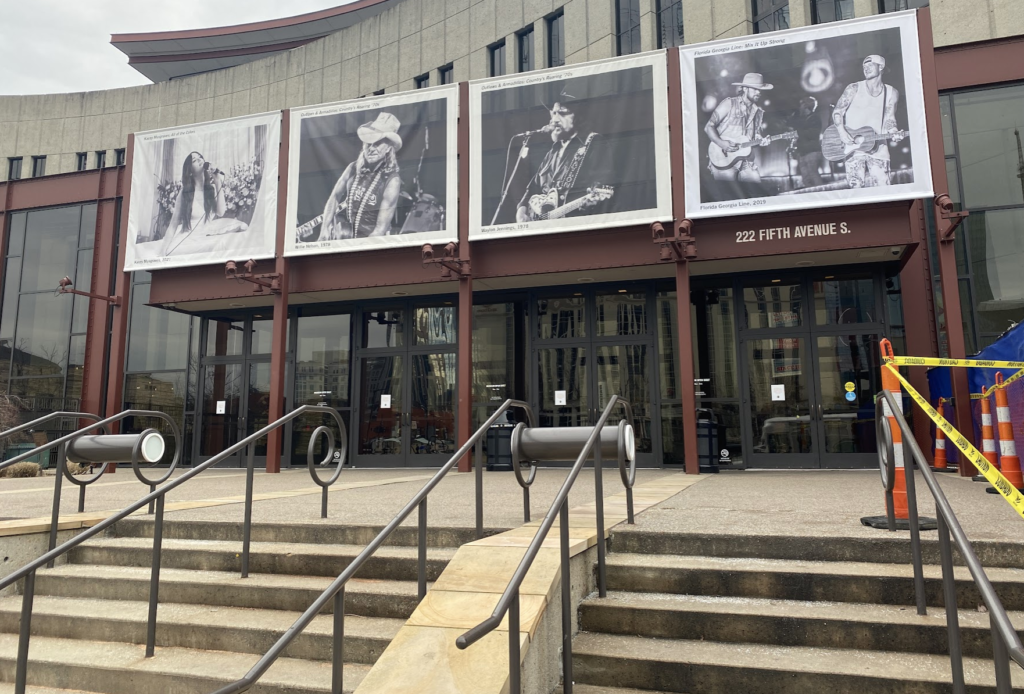Lexy was able to help again so she watched the kids while I went into the office since people on my team were still in the office for QBR week. Because of my rough night last night, and the fact that it’s been an intense week generally, I was quite tired and stressed at work today. However, I powered through and I was grateful all my meetings went well enough. Work is in a good spot.
Also, at work we had our company all-hands meeting and an incredible neuroscientist presented. These are the things I learned from him:
- Our prefrontal cortexes are very limited. They start sharp in the morning, but lose the ability to do complex things and make decisions as the day goes on (it’s’ function goes up and down throughout the day, but in an overall downward trajectory). The prefrontal cortex literally gets more worn and tired with every decision. His advice was to do your most difficult and complex things first thing in the morning, and he said the most complex thing for people is prioritizing, so that should be done first.
- The very most complex problems in our lives actually cannot be solved by the prefrontal cortex. They require something he calls insight. Insight is when our unconscious mind drops a solution or insight into our conscious mind (prefrontal cortex). He said to have more insight, we need to create situations that quiet our prefrontal cortex. Things like no-meeting Mondays, or walking, or stillness. He said this is why we often get our best ideas in the shower. Our prefrontal cortexes often attack things directly, but our unconscious mind is able to work around the problem in creative ways and find solutions the prefrontal cortex cannot.
- There are three types of threat levels and the prefrontal cortex is affected in certain ways at each level.
- Level 1 threat is like your boss giving you a hard assignment with a deadline, but you’ve done something similar before and you know you can do it. This type of thread is good for productivity, sharpens your mind and gets your juices going.
- Level 2 threat is feeling like a tiger is chasing you. Threat responses kick into gear and it clouds judgement and productivity.
- Level 3 is when you are completely off the rails from fear or anxiety. He didn’t go much into this, but it its not a good place to be.
- He then went into the scarf model. These are the ingredients to physiological safety. Everyone has their own hierarchy for the order of importance for these ingredients. People’s’ psychological wellness and safety will be according to how well these different ingredients are in place:
- Status – In our primitive days a decrease in status would mean less food or care, and a shorter and worse life. If someone tells you directly that you are wrong, that will trigger defensiveness which is your body reacting to the threat of losing status in the tribe. Helping someone see new solutions while not directly attacking their ego or status will help people not feel threatened.
- Certainty – Out minds have a deep need to be able to map out and predict the future. When the future is uncertain, our minds can go reeling. A great hack for this to calm our minds is to create localized certainty. Maybe clean and organize a room or a workspace so the mind feels like things are predictable and stable. Even if things are not localized and stable outside of your localized bubble, creating that space of certainty will help your mind not feel threatened.
- Autonomy – People like to feel in control of their actions, and do things they way they want to. A way to help your brain when you feel a lack of autonomy is to focus on controlling the things you can control.
- Relatedness – This one was very interesting to me. We feel threatened when we are faced with people that are not like us. Studies show that when someone with different beliefs than tells us about their beliefs, we literally tune it out and almost don’t even process what they say. When someone like-minded tells us about their beliefs, we process it deeply. I assume this stems from our need to be safe within our tribes and avoid threats from potentially dangerous tribes in primitive days, but I think it is also the cause of a lot of divisions in our society in current times.
- Fairness – People lose psychological safety if they believe they are being treated unfairly.
My biggest take away personally is that maturing in this life often involves being able to function outside of our comfort zone within threat level 1 (I believe that’s where growth happens), and threat level 1 can be stimulating. But we should work hard as a society to ensure that there is as little of threat level 2 and 3 happening to people, especially for groups that are often oppressed.
I got home at 6:00, ate with the kids, face-timed Lily with the kids, and read everyone a chapter in Harry Potter. The house was quiet by 10:00 and I was asleep by 10:30. I had one interruption at night (Ammon I think), but overall, I got a lot of sleep and felt way better on Friday.
Here are pictures from Lily and Jenn!













